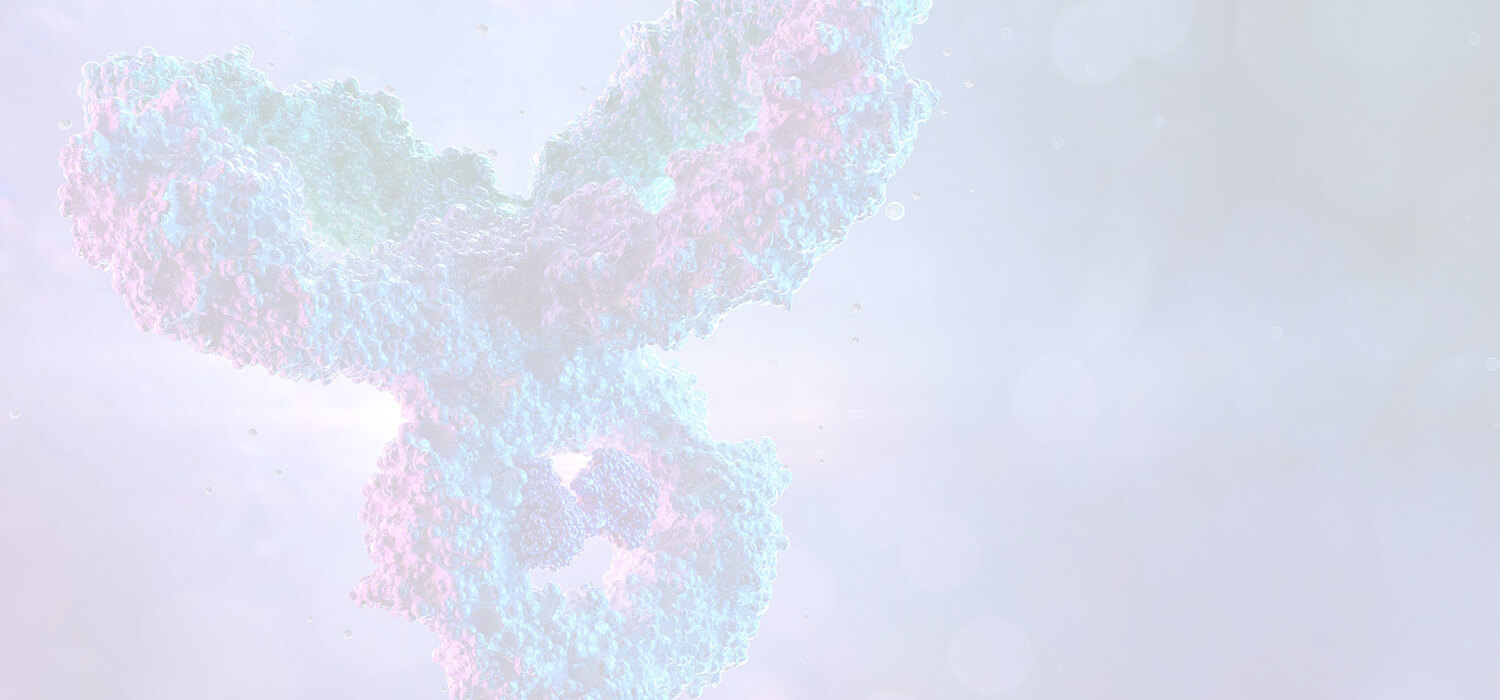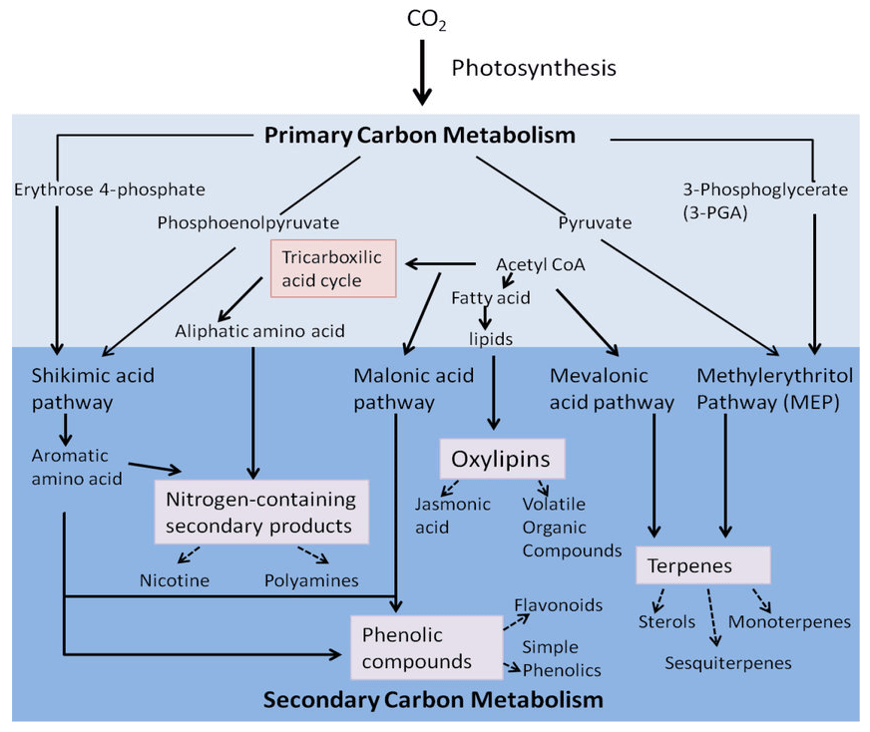Strigolactone (SL) Analysis Service
Submit Your InquiryOverview
Strigolactones (SLs) are carotenoid derivatives that belonged to terpene lactones, a family of active compounds first found in leaf extracts of Ginkgo biloba. SLs were accepted as a new class of plant hormones in 2008. More than 25 types of SLs have been identified in various plant species and they occur at extremely low concentrations in the root exudates of plants. SLs are responsible for regulating plant organ development and fruit development and play important roles in the response to various biotic and abiotic stresses. SLs are involved in symbioses between plants and mycorrhizal fungi and speed up the germination of parasitic weeds like Orobanche and Striga species. However, SLs are a poorly characterized type of phytohormone since the low concentration of SLs inhibits SL analysis. Liquid chromatography-tandem mass spectrometry (LC-MS) emerges as the most popular technique that combines high-resolution chromatography with sensitive mass spectrometric detection. Compared with gas chromatography-MS (GC-MS), LC-MS/MS method omits the step of derivatization, thus more efficient and reliable.
 Figure 1. Model of SL signaling and downstream physiological and phenotypic effects (Aliche E.B. et al. 2020).
Figure 1. Model of SL signaling and downstream physiological and phenotypic effects (Aliche E.B. et al. 2020).
Applications of SL Analysis
- Elucidate mechanisms of SL biosynthesis
- Clarify SL perception and signal transduction
- Reveal downstream physiological and phenotypic effects of SLs
- Sustainable agriculture
Advantages of Our SL Analysis Service
Service Workflow
We utilize the most advanced separation method, ultra-high performance liquid chromatography (UHPLC) coupled with mass spectrometry (MS) for SL analysis, to offer great separation efficiencies, sensitive detection, and short analysis time. LC-MS/MS in multiple-reaction monitoring (MRM) is employed for data acquisition. Our team of experts is experienced in handling a variety of samples, and our sample preprocessing method is proved to be safe, environmentally friendly, effective, and ensures consistently high recovery rates and maximum homogeneity between samples.

Quantification method: external reference method
Mode: MRM, capable of simultaneously detecting more than 1000 MRM ion pairs
Precision: ≤10-9 g
Positive/Negative polarity switching time: ≤ 20 ms, allowing for the acquisition of Q1/Q3 MRM transition mass spectra in both ionization modes from a single LC-MS/MS run.
Analysis content:
- Standard curve creation
- Raw data preprocessing
- Absolute quantification of SLs
- Differential metabolites screening
- Optimal analyses such as KEGG pathway analysis and hierarchical clustering
List of Detectable SLs at Creative Proteomics
| Detectable SLs | CAS | Quantification Method |
|---|---|---|
| 5-deoxystrigol (5DS) | 151716-18-6 | External Reference method |
Sample Requirements
Root exudates or tissue: >2 g. Provide fresh samples for best results. Samples should be frozen in liquid nitrogen immediately after collection, and then transferred to -80°C for storage.
At least 3 biological replicates.
Deliverable
- Experimental procedure
- Parameters of liquid chromatography and MS
- MS raw data files and MS data quality checks
- 5-DS quantification data
- Custom data analysis report
Creative Proteomics provides numerous plant hormone analyses based on state-of-the-art GC-MS/MS or LC-MS/MS systems. We are committed to clarifying the biosynthesis, signaling, action, and perception of a wide range of phytohormones.
References
- Halouzka R, Zeljković S Ć, Klejdus B, et al. Analytical methods in strigolactone research. Plant Methods, 2020, 16: 1-13.
- Wu H, Li H, Chen H, et al. Identification and expression analysis of strigolactone biosynthetic and signaling genes reveal strigolactones are involved in fruit development of the woodland strawberry (Fragaria vesca). BMC plant biology, 2019, 19(1): 1-19.
- Seto Y, Yasui R, Kameoka H, et al. Strigolactone perception and deactivation by a hydrolase receptor DWARF14. Nature communications, 2019, 10(1): 1-10.
- Aliche E B, Screpanti C, De Mesmaeker A, et al. Science and application of strigolactones. New Phytologist, 2020, 227(4): 1001-1011.












